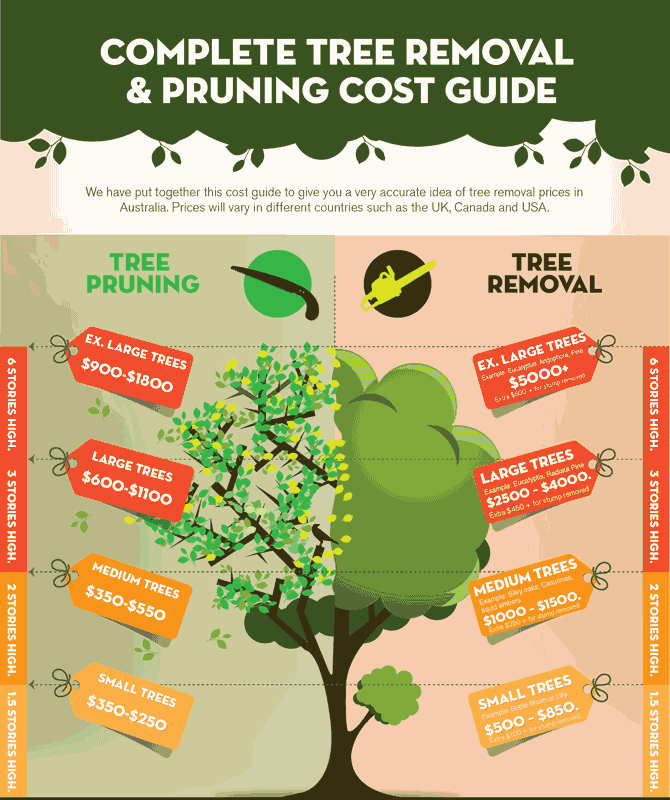The Environmental Impact Of Tree Elimination: What You Must Know
The Environmental Impact Of Tree Elimination: What You Must Know
Blog Article
Content Author-Kryger Lake
When it concerns the ecological impact of tree elimination, there are important aspects that require your focus. From the complex web of connections within environments to the succeeding impacts on climate patterns, the effects are extensive. You may be surprised to discover the complex methods which the elimination of trees can resound throughout the atmosphere. Stay tuned to decipher the intricate connections and implications of this seemingly straightforward act.
Logging and Habitat Loss
Logging and habitat loss are important problems originating from tree elimination. When trees are cut down, it interferes with entire ecological communities. Not just are the trees themselves lost, yet the homes and food sources of countless plant and animal species are ruined as well. Birds shed their nesting sites, animals shed their sanctuary, and bugs lose their habitats. The effects surge with the food chain, affecting predators and prey alike.
In addition, deforestation contributes to climate modification. Trees play an important role in soaking up co2, a greenhouse gas that traps warm in the ambience. With fewer trees, there's much less carbon dioxide absorption, resulting in boosted levels of this gas in the environment and exacerbating worldwide warming.
Habitat loss is a direct outcome of logging, as the destruction of woodlands means the loss of unique and diverse environments. Numerous types are incapable to adapt to fast modifications in their atmosphere, leading to populace declines and, in many cases, termination.
Protecting forests is essential to maintaining the fragile equilibrium of nature and ensuring the survival of numerous plant and animal species.
Influence on Biodiversity
The elimination of trees has a considerable influence on biodiversity, affecting the selection and abundance of plant and animal types in a location. Trees provide habitat and food sources for numerous organisms, from insects to birds to mammals. When trees are removed, these types lose their homes and sources of nutrition, resulting in a decrease in their populaces. This disturbance can have plunging impacts on the entire community.
Additionally, trees play a critical function in preserving biodiversity by creating microhabitats within their canopies, trunks, and roots that sustain a variety of varieties. When trees are reduced, these specialized settings are damaged, minimizing the total diversity of the area.
Furthermore, the elimination of trees can result in a decline in genetic diversity within plant populaces, as specific tree varieties might no longer be able to replicate or disperse efficiently. Protecting trees and woodlands is vital for maintaining biodiversity and ensuring the health and wellness of communities for future generations.
Dirt Disintegration and Environment Change
With trees being eliminated from an area, the disturbance of dirt framework and security takes place, resulting in boosted soil disintegration. read the full info here play an important role in stopping disintegration by holding dirt in position with their origin systems. When trees are gotten rid of, specifically in multitudes, the dirt ends up being more vulnerable to disintegration from wind and water. This erosion not just affects the prompt environments but can additionally cause sedimentation in neighboring water bodies, influencing water top quality and water communities.
In addition, trees aid regulate the climate by soaking up co2 during photosynthesis. When trees are lowered, this all-natural carbon sink is reduced, adding to raised levels of greenhouse gases in the environment. This can intensify environment change, causing more extreme climate events and disturbances in ecosystems worldwide.
Therefore, the elimination of trees not only accelerates soil erosion however likewise plays a role in the larger environmental issue of climate adjustment. It's vital to think about these variables when analyzing the impacts of tree removal on the environment.
Conclusion
Since you know the ecological influence of tree elimination, consider the consequences before cutting down trees. Deforestation disrupts environments, lowers biodiversity, and adds to soil disintegration and climate change. By bearing in mind the impact of tree elimination, you can aid safeguard our setting and maintain the fragile balance of nature. Make informed choices and consider alternate solutions to reduce the unfavorable results on our planet.
